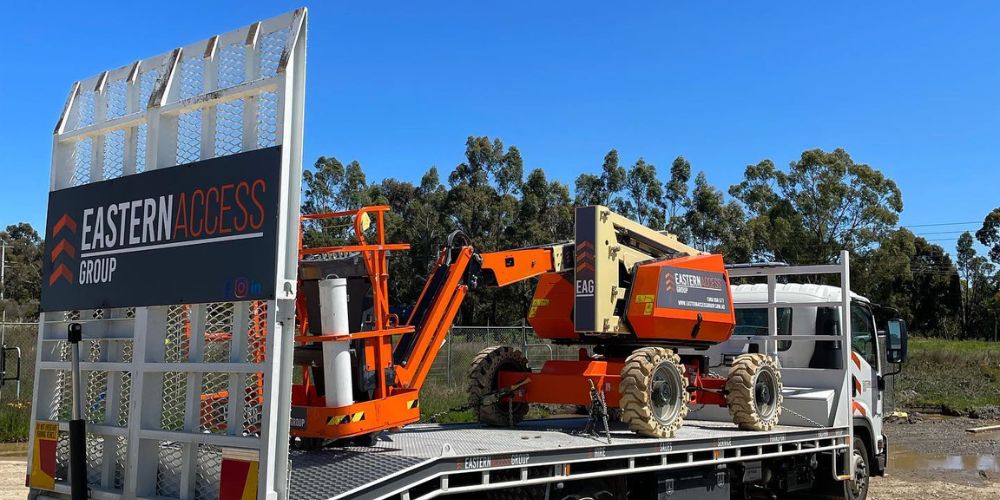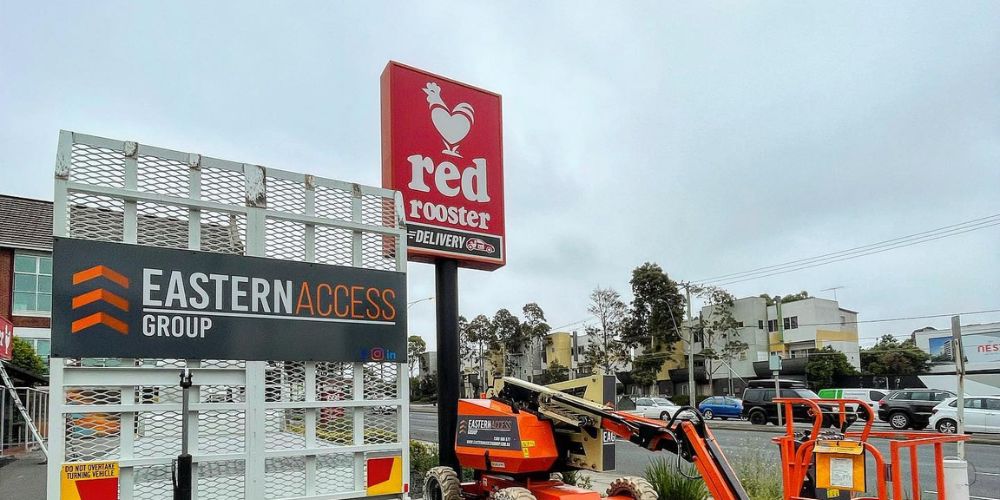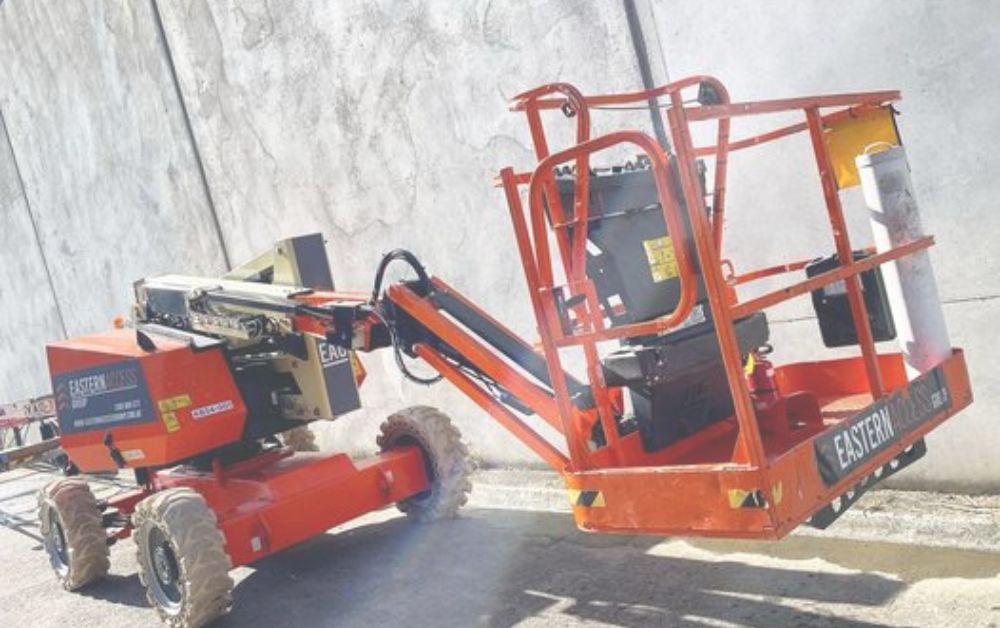How To Choose The Right Boom Lift Height
Table of Contents
When using boom lifts, choosing the proper height is critical for ensuring effective and safe operations. Choosing the incorrect boom lift height can have serious consequences, ranging from inefficiencies to severe risks.
However, not all boom lifts are made equal. When working on a project, having the proper telescopic boom lift height is critical for the safety and efficiency of your workforce. But how do you select the best boom lift height and parameters for your project?
Read on as we discuss the most important things to consider when choosing the proper boom lift height for your elevated work projects.
Why Boom Lifts Height Matter?
Any project site must prioritize worker safety. Therefore, choosing the appropriate boom lift height is essential. Choosing the right height for workers to do jobs at elevated heights is crucial to keep them safe. Workers may have to stretch or lean excessively if the height is too low, which raises the possibility of falls or accidents. On the other side, if the height is too tall, the boom lift may become unstable and hazardous if it is difficult to maneuver. Companies may prioritize worker safety, provide a safe work environment, and lower the risk of accidents or injuries by choosing the right boom lift height.

How To Choose Boom Lift Height for Your Project?
For your project, selecting the ideal boom lift height requires carefully considering several important aspects.
Here is a step-by-step instruction sheet to assist you in reaching a decision:
Review the requirements for your project
Start by becoming familiar with the details and parameters of your project. Determine the kind of job that has to be done at a height. Think of things like installation, building, or maintenance requirements.
Calculate the necessary working height
Determine the minimum and maximum working heights required to do the duties efficiently based on their nature. This guarantees that the boom lifts you can ascend to the desired height.
Assess the needs for outreach and reach
Think about how far horizontally your project needs to reach. Establish the horizontal access point or distance from the base of the boom lift. This allows the boom lift to access the required work areas without constantly adjusting its position.
Take into account the needed weight capacities:
Analyse the weight tolerance required to accommodate personnel, equipment, and supplies. Ensure the boom lift you select can securely handle the projected load without sacrificing stability or performance.
Check the conditions at the job site
Examine the particular circumstances of your worksite. Consider elements like the available space, terrain, obstructions, and limits on overhead movement. These elements may influence the boom lift’s height choice, allowing it to move about the site.
Give safety considerations a top priority
Always put your safety first. Check for safety measures on boom lifts, such as platform guardrails, emergency descent systems and motion detectors. Additionally, ensure operators are qualified to operate the boom lift at the desired height and have the necessary certifications.
Review the manufacturer's instructions
Look up trustworthy boom lift manufacturers, then review their characteristics and height-selection recommendations. Manufacturers offer useful details about the capabilities and restrictions of their products, enabling you to make an educated choice.
Consult an expert
Consult supervisors or experienced operators knowledgeable and skilled in operating boom lifts. They may offer suggestions based on their actual expertise, assisting you in making the best decision for your project.
Consider your budget and cost
Consider the cost effects of your choice of boom lift height. Consider the long-term advantages versus the early expenditures when weighing the choices for renting versus buying. Pick a height that fits your budget while yet offering the required functionality.
Make an informed decision
Compile all the data and factors that have been acquired. Consider the importance of your project’s requirements, the site’s circumstances, and safety issues. Choose the boom lift height that best suits your demands and offers your project the most efficiency and safety.

Should You Rent or Buy a Boom Lift?
Consider the frequency of use, project duration, budget, maintenance and repair costs, equipment depreciation, access to the latest technology, and flexibility when deciding whether to purchase or rent a boom lift. Renting provides flexibility, cost control, and access to the latest technology, while purchasing may be more cost-effective for ongoing projects.
However, owning a boom lift involves additional responsibilities such as maintenance and repair costs, and equipment depreciation should be factored in. Rental options allow for greater adaptability to changing project requirements and experimentation with different equipment types or sizes.
The controls for scissor lifts are simple and easy. Operators can be trained in a relatively short period.
Frequently Asked Questions
The safety features a boom lift offers should be taken into account while making your choice. Standard safety measures include platform guardrails, emergency descent systems, motion alerts, and operator training requirements. Ensure the boom lift conforms with all applicable safety requirements and laws in your area.
There are boom lift versions available that are made exclusively for usage indoors. To reduce pollution and noise levels, these versions are frequently electric-powered. When using a boom lift indoors, it’s crucial to consider the height and breadth of entrances, weight limitations, and the floor’s stability.
A boom lift’s maximum reach might change based on the model and kind. Boom lifts can commonly elevate objects between 30 and 180 feet. It’s crucial to consider the precise height specifications of your project and select a boom lift with enough reach to reach the appropriate work locations.
Consider the weight of the items and people using the platform at any one moment when determining the weight capacity required for your boom lift. Ensuring that the boom lift’s weight capacity is sufficient to sustain the maximum weight on the platform is crucial.
Conclusion
Putting efficiency and safety first should be your guiding principle when deciding the boom lift height. Improve productivity on the job site, protect employee safety, and lower the chance of accidents by selecting the proper boom lift height.
So, the next time you need to complete an elevated job, take the time to measure and determine the boom lift height you require. Make an informed decision that suits with your project’s needs and places safety first. This thoughtful approach will be extremely beneficial to your personnel and the overall success of your project.

